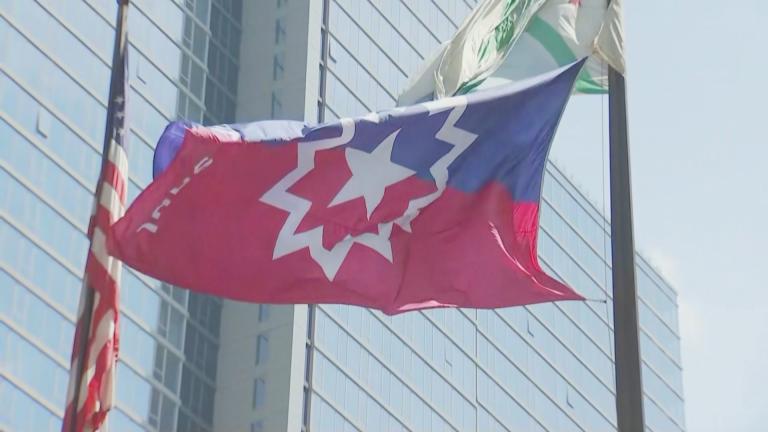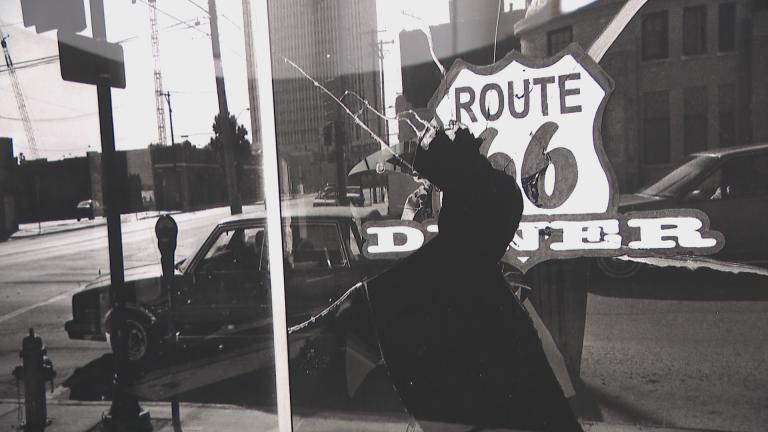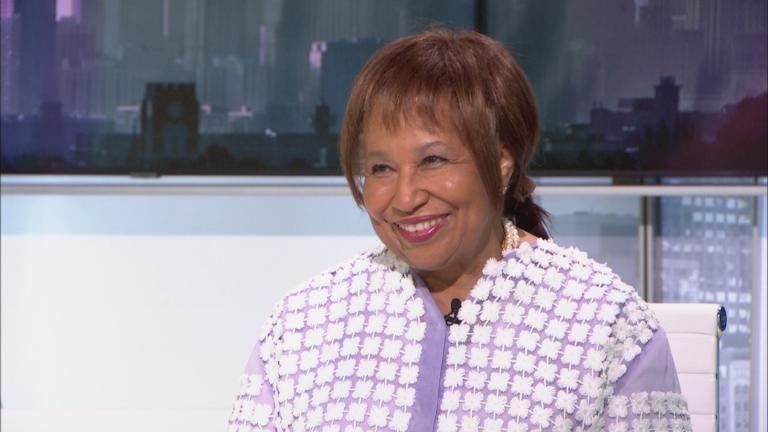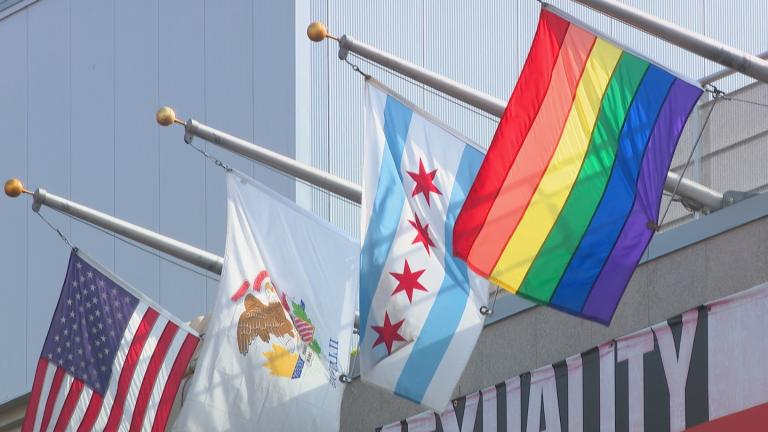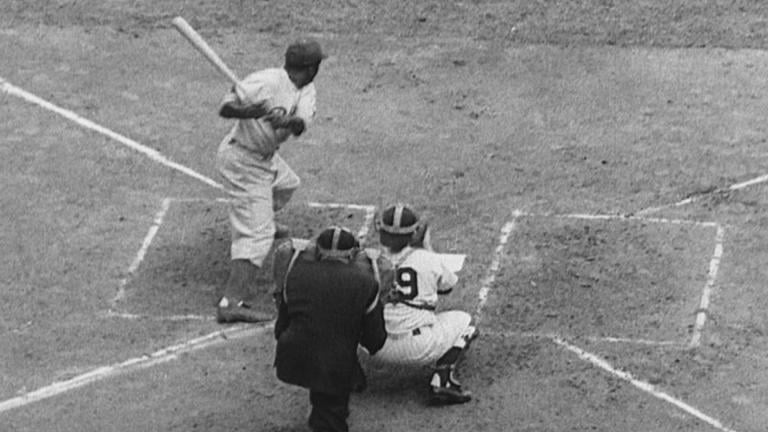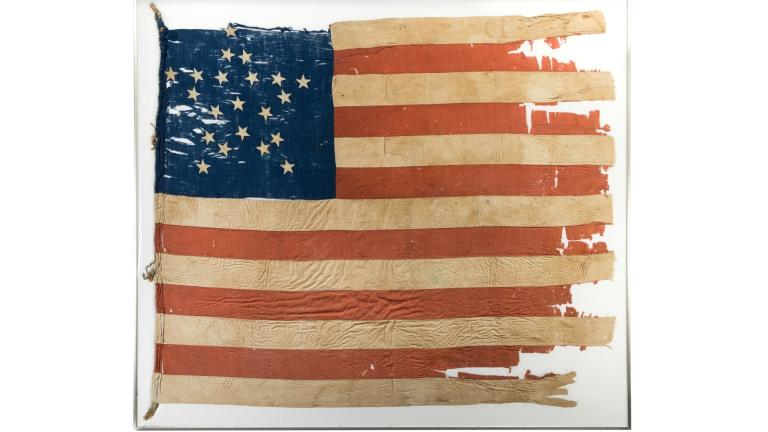In 2020, the country will mark the 400th year since the Pilgrims arrived, traveling on that touchstone of American history, the Mayflower.
But the year before that, in 1619, a much darker period began with another ship, the White Lion. That was the first ship carrying slaves taken from Africa to arrive in the future United States of America.
The New York Times Magazine’s 1619 Project, commemorating the 400th anniversary of slavery’s beginning, argues that is the moment the America we know today actually began.
Journalist Nikole Hannah-Jones led the project’s creation. While in town for Chicago Ideas, she joined “Chicago Tonight” to discuss the project.
Below, highlights from our conversation.
Why did you want to create the 1619 Project?
The year 1619 and that ship called the White Lion was one of the most important moments in the American story. It is a moment that is really at the basis for so much of American life, the very definition of American freedom, our culture, our politics.
There’s almost nothing that’s been left untouched by that decision, and yet almost no American had ever heard of the year 1619 and certainly while every American child is taught about the Mayflower, almost no American children are taught about the White Lion.
That’s a major shift in thinking, to ask Americans to consider that 1619 was the year that the America we know today was founded.
We understand that it’s a radical reframing. And certainly the project is not arguing that the year 1776 doesn’t matter. What it is saying is: consider a different origin story. And if we consider a different origin story, how may that shape the way that we understand the nation that came. 1776 is the year we declare our independence, but the seeds of what becomes the United States began far earlier than that. And even as Thomas Jefferson was writing the words of the Declaration, he owned 130 human beings. And the founders make a decision at that moment that they ae not going to end the institution of slavery. Slavery is influencing our constitution, our very founding.
To mark a different origin, one that does not glorify the United States, but one that really speaks to some of our founding challenges and hypocrisies, forces us to confront the realities that if you look across American life today, black Americans still suffer the worst effects in almost everything that you can measure.
What have we been getting wrong in teaching slavery to students in school?
We don’t teach it very well because we’re very uncomfortable, it’s a shameful legacy. For instance, we don’t get nearly enough about how often enslaved people resisted. We don’t get nearly enough about how much slavery drove our policy. We tend to think of the North as being the abolitionist North and the racially egalitarian North, and the South was backwards. But we don’t really learn that slavery was practiced in all 13 colonies, that the North also benefitted financially from slavery, that this was really a national institution. And there’s a reason why it took the deadliest war in the history of our country and 700,000 lives lost to end slavery, and that’s because our entire country’s economic, social and political systems were wrapped up in this institution.
It’s very challenging for people because we need to believe as Americans that we were a nation founded on the individual rights and liberties of men, but we were also founded on the complete enslavement and bondage of one-fifth of the population. This project is really trying to force us to grapple with that truth.
This project is being used as a lesson in schools, including Chicago Public Schools. What do you want young people to take away from this?
Shout out to (CPS CEO) Janice Jackson for implementing this. Every high school student in CPS has access to this project. I think it’s really important that we get a more accurate history, that we teach children to challenge the given narrative, to question, to have an understanding of the American story that is more inclusive and that is more realistic. And particularly for black children, it is critical that they have access to a history curriculum that does not demean them, that does not erase them, that explains the circumstances that they live in. I think that can be tremendously powerful.
You included many other writers for the essays and for creative works like poetry for the project. Why was it important to have this collection of voices?
The 1619 Project speaks to the resilience and the resistance of black people in this country. So when you open the project, nearly every piece is written by black Americans. To me, it was critical to show all of the talent that is shaping our country, who are made up of people who descended from the enslaved and are now in a position to write these words in the New York Times, the paper of record. That in and of itself is a testament to the ancestors. I thought that was a very important part of the project: that it needed to be the people who descended from the enslaved who told the stories of this legacy.
Follow Brandis Friedman on Twitter @BrandisFriedman
Note: This interview first aired on Jan. 27, 2020. It has been updated.

